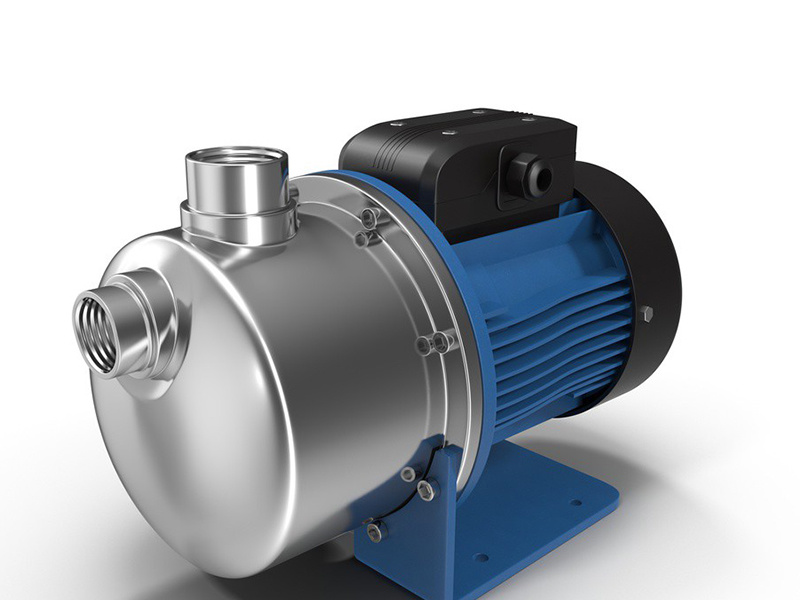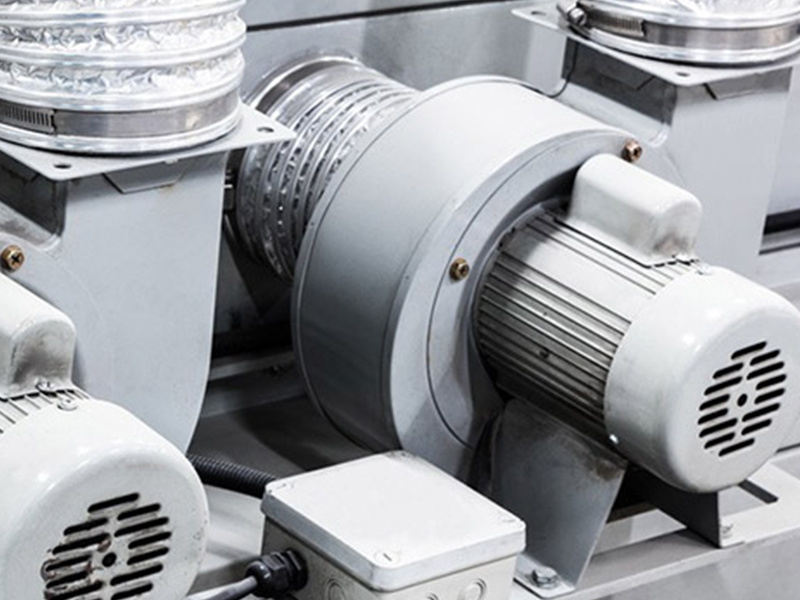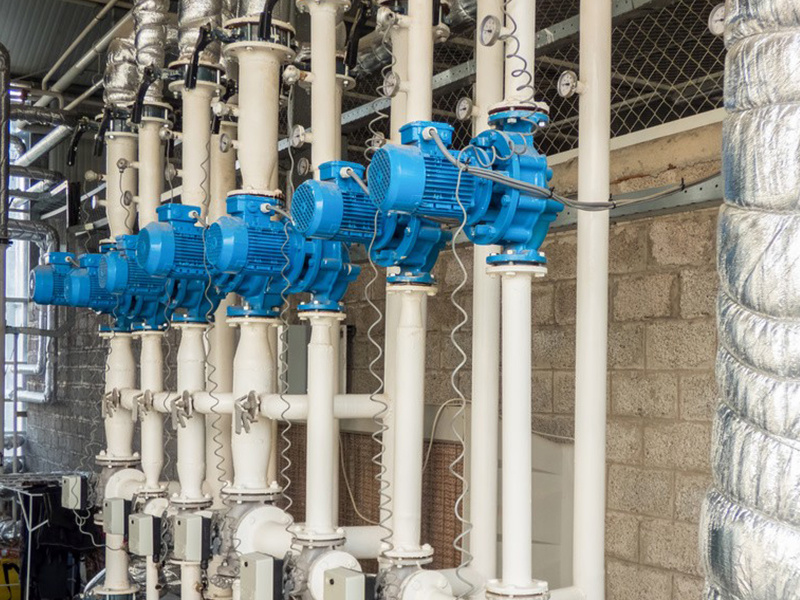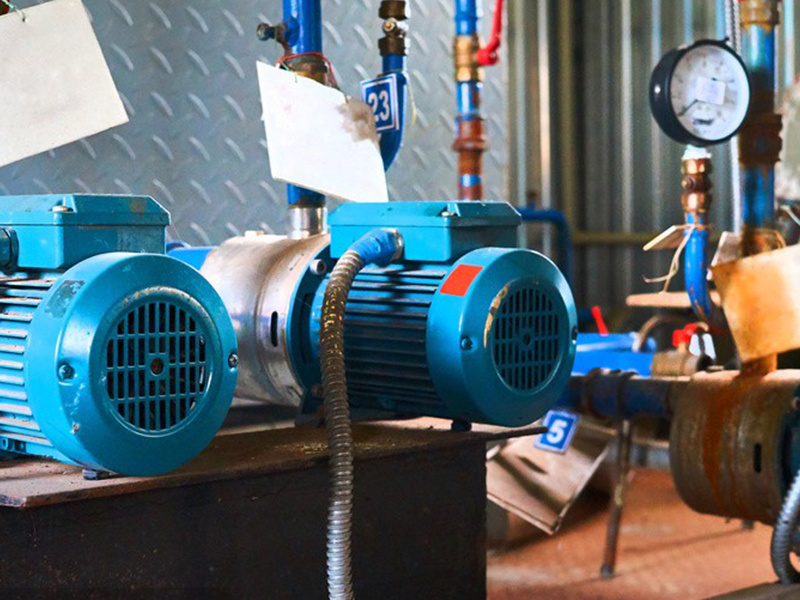NEWS
How long is the lifespan of solar energy?
Time of issue:
2022-03-14 14:27
Views:
55
The lifetime of solar energy is about 10 years.
1. Since the service life of the heater is ten years, if it exceeds ten years, the safety will be reduced, and there is a high possibility of being electrocuted.
2. Solar energy is the heat of the sun and is often referred to as sunlight. The sun's rays are not limited by space and can be found anywhere, whether it is land or sea, mountains or islands, and can be used directly without mining and transportation.
3. Solar energy is a typical renewable energy. In addition, the regeneration capacity of solar energy also determines the regeneration capacity of any other renewable resources. In other words, the regeneration of almost all other renewable energy sources comes from the regeneration of solar energy.
Extension: There are three ways to use solar radiant energy directly: One is to convert solar radiant energy into thermal energy, which is called photothermal conversion. The second way is to convert the energy of solar energy into electricity, which is called photoelectric conversion. The third way is to convert the sun's radioactive energy into a chemical energy called "photochemical conversion". Photothermal conversion, that is, by using a collector or a concentrator, a low-temperature heat source below 100°C and a high-temperature heat source at 000-4000°C are obtained. The method has been widely used in the fields of cooking, drying, hot water supply, air conditioning, solar thermal power generation, mechanical energy output, high temperature heat treatment and the like. Solar greenhouses and solar water pumps are typical examples of direct use in agriculture. In addition, solar energy can also be used in fields such as desalination of seawater. Electric conversion, that is, converting solar energy into electrical energy. Solar energy is a solar cell with solar energy as its core, which converts it into electricity by using the photoelectric effect of certain substances. Silicon cells, cadmium sulfide cells, gallium arsenide cells and gallium arsenide-gallium arsenide cells are currently the most important solar cells. Photochemical transformation, the photosynthesis of green plants, is a process of photochemical transformation. Photosynthesis refers to the conversion of carbon dioxide and water into organic matter by plants, which is accomplished by exposure to the sun.
Next
Next
Other news
Self-priming pump or booster pump for solar water supply?
Self-priming pumps generally pump water directly from reservoirs or wells to pipelines and then transport them The booster pump is used when the water pressure is too low, and the water flow is very small when the water is fed or discharged.
What is a solar water pump and how it works
Solar water pumps are a cost-effective solution for delivering water to inconvenient or budget-friendly locations. Solar water pumps are used in residential and commercial applications. They are a clean alternative to fossil fuel powered windmills and generators.
How long is the lifespan of solar energy?
The lifetime of solar energy is about 10 years. 1. Since the service life of the heater is ten years, if it exceeds ten years, the safety will be reduced, and there is a high possibility of being electrocuted.
Features of solar photovoltaic water pump system
1. The photovoltaic power generation system is fully automatic and does not require manual duty; the photovoltaic pumping system is composed of solar cell arrays, pumping inverters and water pumps, eliminating the need for energy storage devices such as batteries, replacing electricity storage with water storage, and directly driving the pump to pump water. , high reliability, while greatly reducing the construction and maintenance costs of the system.






